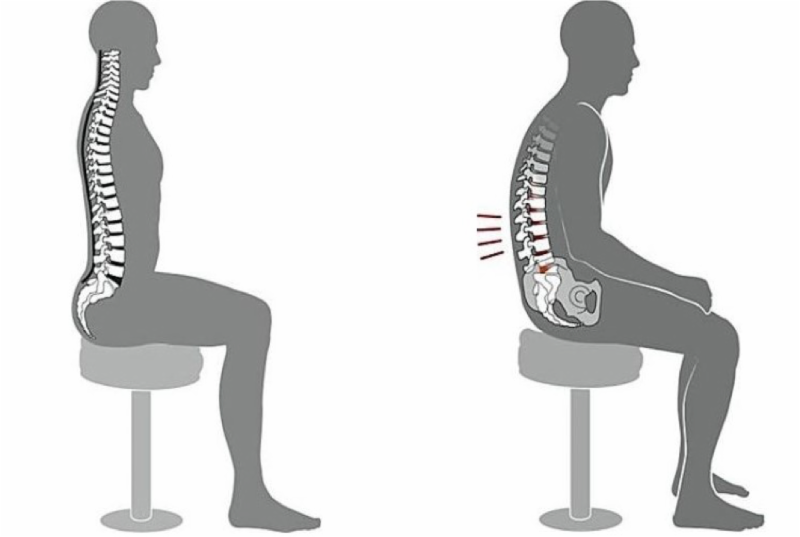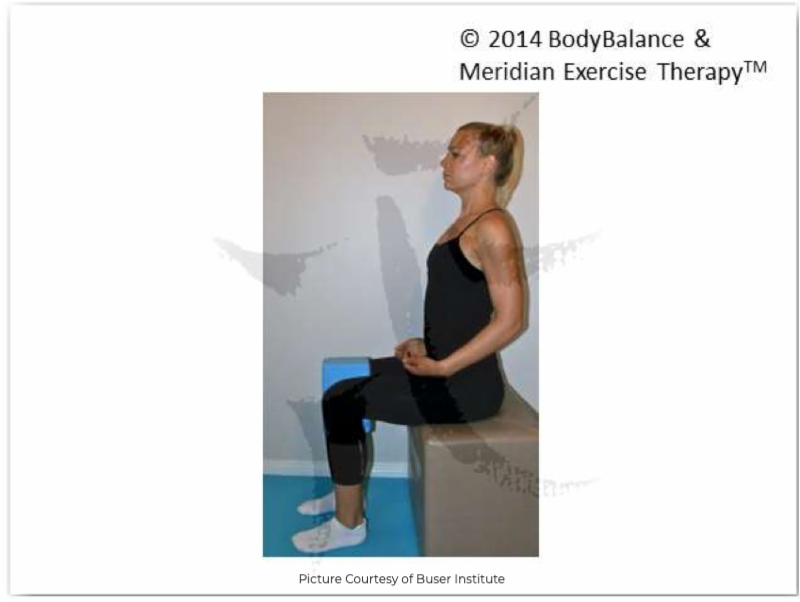Exploring Neck Tension and Shoulder Pain in Relation to Your Sitting Posture
- joeyzimet0
- Mar 12, 2024
- 3 min read
In the article below, we're going explore the connection between your sitting posture and any neck or shoulder pain you might be feeling. My hope is that your two-minute dedication will provide you with more optimal long term health and function.
Do you experience any of the following issues:
Neck tension
Pain in the front of the shoulder
Headaches
How might we related these pains to your SITTING POSTURE, especially if you sit for long periods of time each day at work or school?

Understanding Through FEEL
It's amazing how often I try to articulate a concept - ie. relating pain to one's posture - thinking I'm doing so simply and clearly, only to get a blank stare or that 'not-understanding nod'.
I'll then have the person FEEL what I'm articulating and it makes much more sense; let's use the latter strategy, so that you indeed understand the content below.
TRY THIS: I use this test at the beginning of my presentations in the workplace and schools.
Sit up tall and relaxed, as in the posture of the model above on the left. You can gently roll your pelvis forward (use you hands to help guide your pelvis) so that you're sitting on your SITS bones (the bones you feel below your butt muscles). Only go so far to where you're not feeling your lower back muscles working. Keep your stomach RELAXED!
Now, raise one arm (in which you have no underlying pain or injury) in front of you and as high as you can towards the ceiling. You can do this a few times.
Notice two things:
Your range of motion (ie. how high can you raise your arm).
What are you feeling - or not feeling - as you're doing this movement?
Which muscles are engaging?
Does the motion feel natural/fluid or not?
Next, I'd like you to slouch and get into the sitting posture as the model on the right in the pictures above. Please do the same movement, raising your arm as high as you can from in front of you.
What's the range of motion now relative to when sitting up naturally tall and relaxed?
Are you feeling any different muscles engaging here compared to before?
Is the motion just as comfortable as earlier or might it be creating discomfort?

In the movement test above, you might have felt a reduced range of motion, engagement of the muscles in your neck and front of the shoulder, and a compacting of the shoulder joint when in the slouched position.
Now, let's say that you begin to develop neck pain at work while you're on the phone or you injured the front of your shoulder reaching up to grab a file (or combing your hair, brushing your teeth, etc). Is the root cause of these respective issues due to the site of pain (neck, shoulder) or might there be more postural things going on in the body, where the site of pain is the weakest link in an entire (postural) chain of events?
If your current posture is more like that of the model who is slouched, you can consciously try to pull your shoulders back and sit up straight. Consider though, does pulling your shoulders when slouched change the position of your pelvis? As we explored in previous articles, the position of your upper back, shoulder, and head while sitting is a function of the position of your pelvis. Also, when you consciously pull your shoulders back to sit up straight, are you doing so with the right postural muscles that hold your body in natural alignment or are we engaging the more superficial muscles that further pull the body out of alignment when recruited in the incorrect order?

What can you do?
We want to ingrain the pattern of holding the bones in the right place using the 'right' muscles. As demonstrated in last week's video, you can utilize the Sitting Cats and Dogsexercise to NATURALLY move the position of your pelvis and spine from that of the model at the top on the left to that of the right. You can then do the Sitting Knee Pillow Squeezes exercise (picture above) to keep our body in that position without having to think about it.
Once we develop automaticity with the sitting posture as a function of these two exercises, we can introduce more challenging stimulus such as Sitting Shoulder Rolls, Arm Circles, and Overhead Extension, where we're challenging, realigning, and reinforcing the position of the joints in our upper body with our pelvis and spine. More on this in a future discussion.

One last thing to ponder:
Is our default position when sitting a function of our sitting posture alone or is it cause-and-effect of our posture overall?
{Recruitment and strength of the deep posture muscles - Anti-Gravity Kinetic Chain - relative to the superficial lines of muscles}
Hint: simply look at the pictures of the model above.
Comentarios